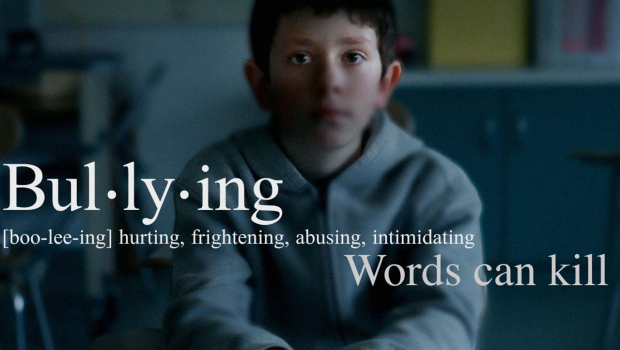
Special Education, Legal & Planning
5 Tips For When Your Child With Special Needs Is Bullied
“Retarded.” For some, the word carries a tremendous sting. For others, it is simply a colloquial word akin to “silly” or “ridiculous.” A campaign by the Special Olympics, “Spread the Word to End the Word” asks people to pledge to stop using the word, “retarded.” The project has taken hold in several schools as peers and self-advocates join together to raise awareness about intellectual disability. Parallel to this and several high profile teen suicides related to bullying, schools began revamping their code of conduct and anti-bullying regulations. But what does this mean when your child is being targeted by a bully? This article provides tips for parents on what to do when their child with special needs is being bullied.1. Stay calm
Your first response will likely be anger and a strong desire to protect your child and punish those who have done your child wrong. However, it is important to try to stay calm and get as much information as possible to develop a plan for resolving the problem.2. Talk to your child or his peers
Get as much information as possible about the incident(s), names of those involved, what happened, was there adult supervision, and if so, who was there and what did they do? Getting this information will help you be organized when you approach the school for a solution. While your first instinct may be to involve the other child’s parents, you may want to consider involving the school as a first response and see if the school can help mediate the situation. However, if you have a good relationship with the other child’s parents, and feel comfortable talking to them calmly about what happened, that may be an option. However, if the incident was severe, the school should also be involved.3. Check your school’s code of conduct policy
Nearly every school has adopted a code of conduct policy. In general, the policies prohibit unwelcome verbal, written, or physical conduct, directed at the characteristics of specific enumerated groups. However, it is interesting to note that people with disabilities are not always included as a group deserving of protection from bullying and harassment under these policies. When disability is included under anti-bullying policies, often examples of qualifying conduct include:- Graffiti containing offensive language which is derogatory to others because of their physical or mental disability;
- Jokes, rumors or name-calling based upon an individual’s physical or mental disability;
- Slurs, negative stereotypes, and hostile acts which are based upon another's physical or mental disability;
- Graphic material containing comments or stereotypes which is posted or circulated and which is aimed at degrading individuals or members of protected classes; or
- Imitating manner of speech or movement, or interference with necessary equipment.
4. Notify the school of your concerns
Depending on the severity of the incident, the school may already be involved. The school must have notice of the incident and an opportunity to respond appropriately. If the school does not respond appropriately (for example by deciding not to discipline the offender) or fails to respond altogether and another incident occurs, the school may then be liable for the bullying. At the federal level, discriminatory harassment is governed primarily by the Civil Rights Act of 1964. For individuals with disabilities, discrimination is prohibited under Section 504 of the Rehabilitation Act of 1973 (“Section 504”) and the Americans with Disabilities Act (“ADA”). These laws create a private right of action, allowing someone to bring a claim and recover damages for discrimination. Demonstrating A Hostile Environment The crux of these civil rights claims is whether the harassing conduct creates a hostile learning environment. To demonstrate a hostile environment a plaintiff must show: 1. That he or she is disabled 2. He or she was subjected to unwelcome harassment 3. The harassment was based on his or her disability 4. The harassment was severe and pervasive enough to alter the conditions of learning 5. The conduct offended the plaintiff and would offend a reasonable person. As to the fifth prong, courts have clarified that the harassing conduct “must both: (1) be viewed subjectively as harassment by the victim and (2) be objectively severe or pervasive enough that a reasonable person would agree that it is harassment.” Examples Of Harassment To illustrate the Department of Education’s Office of Civil Rights describes examples of harassment that could create a hostile environment:- Several students continually remark out loud to other students during class that a student with dyslexia is ‘retarded’ and does not belong in class; as a result, the harassed student has difficulty doing work in class and her grades decline.
- Students continually taunt or belittle a student with mental retardation by mocking and intimidating him so he does not participate in class.
- Several classmates repeatedly called a student with a learning disability “stupid,” “idiot,” and “retard” while in school and on the school bus. One occasion of tackling the student, hitting him with a binder and throwing his personal items in the trash.
- If your child has been bullied and the school has not responded appropriately, you should consult an attorney with experience in Education Law or Civil Rights.



